ADB will shift focus with changing Asia-Pacific
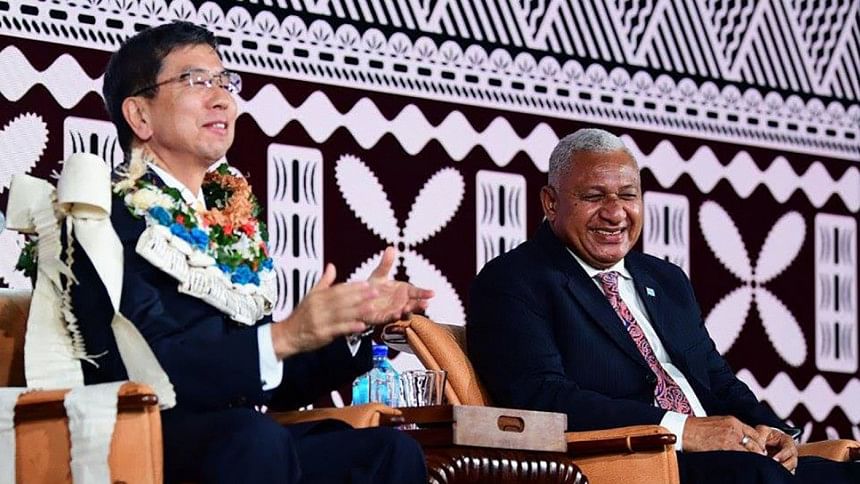
Asian Development Bank’s strategy going forward will be to respond to the changing needs of the Asia and the Pacific region, said its President Takehiko Nakao today.
He made the statement at the opening address of the 52nd Annual Meeting of the ADB’s board in Fiji’s Nadi, in which the Prime Minister of Fiji Frank Bainimarama was also present.
Takehiko Nakao highlighted six areas that the Manila-based multilateral lender considers essential to the strategy’s success.
First, he said a key priority for the ADB will be to continue addressing remaining poverty and reducing inequalities across Asia and the Pacific.
“We will strengthen our support to the poorest and most vulnerable countries in the region, including those in fragile and conflict-affected situations and many developing small island states.”
Second, the ADB is accelerating progress in gender equality and will develop a strong pipeline of projects that integrate gender equality designs into a range of operations including transport, energy, and urban infrastructure.
It is also supporting a transformative gender agenda such as promoting women’s land title ownership, which is a basis for women’s economic empowerment.
Third, climate mitigation and adaptation efforts across the Pacific will be an important focus for ADB, he told an audience of ADB member government officials, academics, business leaders and civil society representatives.
Countries most vulnerable to climate change, including in the Pacific, will receive a wide range of ADB assistance.
Nakao called attention to the ADB’s increased disaster contingent financing in the Pacific, thereby allowing countries to access financial resources immediately in the wake of a disaster, based on predetermined criteria.
Fourth is the ADB’s continued support for regional cooperation and integration.
Building on ADB-led sub-regional cooperation platforms, it will further enhance regional connectivity, promote regional public goods, help strengthen cooperation in financial sector and macroprudential policies, and encourage knowledge sharing, including in areas such as education and agriculture.
Fifth, the ADB will continue to expand its private sector lending, equity investments and guarantees to reach one-third of total operations in number by 2024, Nakao said.
This will bring the lender into new markets and broaden its business reach to education, health and agribusiness.
The ADB is bringing its private sector operations closer to clients by outposting more staff to resident missions. It will open an office in Singapore by the end of this year to facilitate engagement with private sponsors and financiers.
Finally, the ADB will use concessional resources effectively and will develop a detailed proposal for the next Asian Development Fund replenishment: ADF 13.
It is also seeking strong donor support for its trust funds and actively mobilising concessional resources from bilateral and multilateral partners such as the Green Climate Fund and Global Environment Facility.
“ADB is committed to achieving a prosperous, inclusive, resilient and sustainable Asia and the Pacific, while sustaining its efforts to eradicate extreme poverty,” Nakao added.
Meanwhile, the multilateral lender yesterday launched the Action Plan for Healthy Oceans and Sustainable Blue Economies for the Asia and Pacific region, which will help its developing member countries to achieve the Sustainable Development Goals (SDGs), including SDG 14 Life Below Water.
“The prosperity of our region depends on healthy oceans and sustainable development. We must work toward a more resilient future, where humanity and oceans thrive together,” Nakao said while unveiling the action plan.
The Action Plan for Healthy Oceans and Sustainable Blue Economies will expand financing and technical assistance for ocean health and marine economy projects to $5 billion from 2019 to 2024, including co-financing from partners.
It will focus on four areas: creating inclusive livelihoods and business opportunities in sustainable tourism and fisheries; protecting and restoring coastal and marine ecosystems and key rivers; reducing land-based sources of marine pollution, including plastics, wastewater, and agricultural runoff; and improving sustainability in port and coastal infrastructure development.
Established in 1966, the ADB is owned by 68 members, 49 of which are from Asia and the Pacific region.
In 2018, it made commitments of new loans and grants amounting to $21.6 billion, up 55 percent year-on-year.
The five-day annual meeting will wrap up on May 5.

 For all latest news, follow The Daily Star's Google News channel.
For all latest news, follow The Daily Star's Google News channel. 

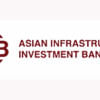


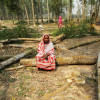
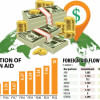

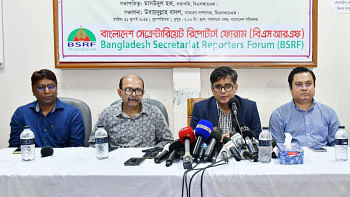
Comments